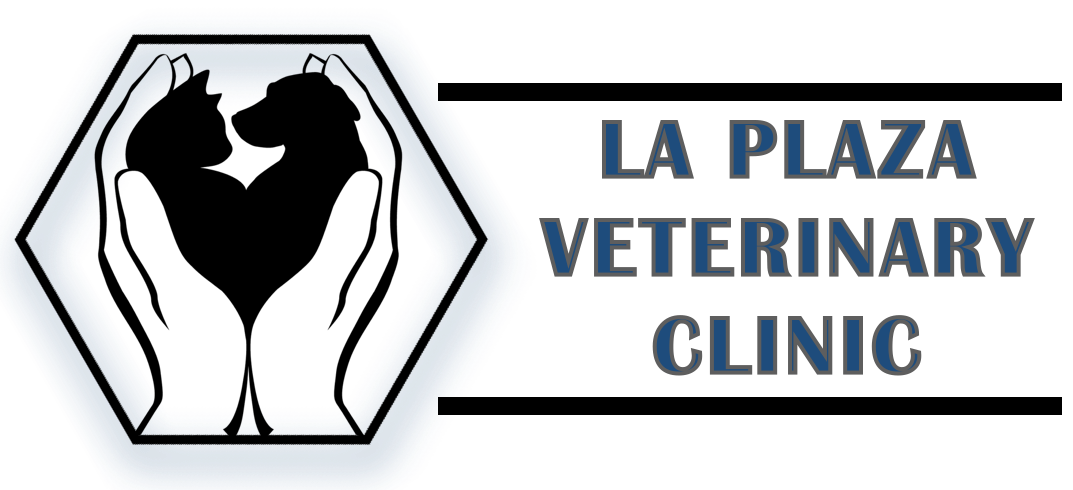Library
-
Forget that pink bunny that runs on batteries - the Scottish Terrier has had the nickname "little diehard" since the 19th century. Small but incredibly solid, the Scottie is built like a shaggy black brick and this little ruffian wants to move, explore, chase things, and generally stay active and useful.
-
A cat’s claws are an integral part of their anatomy. Scratching behaviors are normal and serve many purposes, yet cats can cause damage and injury with their claws. By gaining an understanding of the reason that your cat uses her claws, you can provide her with alternative outlets and prevent her from causing damage to your property.
-
At first glance you might think she is a Scotty of a different color, but the Sealyham Terrier, or Sealy to her friends, comes from different stock and is very much her own dog. At one time a popular breed, she is now among the least known dogs. Yet she still retains her unique charm: a calm terrier, but nevertheless a terrier through and through.
-
The heroic dogs involved in search and rescue missions optimize their natural abilities to help distressed people.
-
Seizure assistance dogs trained to help the owner during and after a seizure. These dogs give their owners freedom to enjoy life knowing they have help nearby when they need it. These amazing dogs provide safety, security, and companionship.
-
Some dogs exhibit signs of distress when they are left alone. Separation-related behavior problems can include vocalizing, panting, pacing, and house soiling. Treatment includes behavior modification and, in some cases, medication. Consultation with a veterinary behaviorist is generally recommended.
-
Children and Shelties often go well together. Both like to run around and make lots of noise. Don't be surprised, though, if you find your Sheltie attempting to herd your children into a tight little circle. When tapping into his heritage, the Sheltie does not distinguish between a herd of sheep and a herd of kids.
-
The dignified, independent Shiba Inu may seem more like a cat than a dog - particularly to those whom he does not know. However, those who are privileged to be part of the pack know that this ancient Japanese breed bonds strongly to his human family - and can be surprisingly fun-loving.
-
The Shih Tzu is among the world's most loving, attentive, affectionate, sweet, and mild-mannered breeds. Content to sit on your lap, in your handbag, or at your feet for hours, Shih Tzu want nothing in life other than to love and be loved by a favorite person.
-
Whether you and your dog decide to share a bed is a personal choice that involves several factors. The health of you and your dog should be taken into consideration as well as any behavioral issues your dog may have. There can be many benefits for both you and your dog to co-sleep if the circumstances align.



